Smokin’ and Roastin’: The Ultimate Poblano Pepper Playbook
Let’s get real—there’s nothing quite like the smoky depth of a poblano pepper. Whether you’re roasting it, stuffing it, or just slicing it raw into tacos, this Mexican gem has got flavor down to an art form. But how much do you really know about poblanos? Buckle up—we’re diving deep into the spicy world of these dark green wonders.
Table of Contents
- What Exactly Is a Poblano?
- Poblano vs. Other Peppers: Who Wins the Heat War?
- How to Roast Poblanos Like a Pro
- Top 5 Dishes Featuring Poblanos
- Health Benefits You Probably Didn’t Know About
- Storage & Handling Tips for Maximum Freshness
- Poblano FAQ: Your Burning Questions Answered
What Exactly Is a Poblano?
The poblano pepper (Capsicum annuum) is a mild chili pepper originating from Puebla, Mexico. It’s typically dark green in color, although when dried, it turns red and becomes what’s known as an ancho (if dried red) or mulato (if darker and sweeter). On the Scoville scale, it clocks in between 1,000–2,000 SHU, which makes it milder than jalapeños but more flavorful than bell peppers.
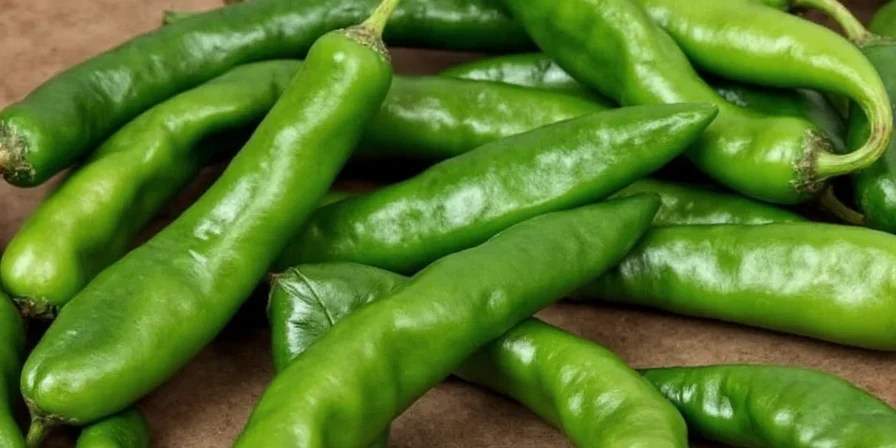
Quick Facts:
- Origin: Puebla, Mexico
- Heat Level: Mild
- Common Use: Sauces, salsas, chiles rellenos, soups
- Flavor Profile: Earthy, grassy, slightly sweet, and smoky when roasted
Poblano vs. Other Peppers: Who Wins the Heat War?
Confused between poblano, Anaheim, and jalapeño peppers? Don’t be! Here’s a quick breakdown to help you choose your fire starter wisely.
| Pepper Type | Scoville Units | Flavor Notes | Best For |
|---|---|---|---|
| Poblano | 1,000–2,000 | Earthy, smoky | Rellenos, sauces, stews |
| Jalapeño | 2,500–8,000 | Grassy, crisp | Salsas, pickling, nachos |
| Anaheim | 500–2,500 | Mild, sweet | Stuffed dishes, casseroles |
| Hatch | Varies (1,000–8,000) | Complex, nutty | Southwestern dishes |
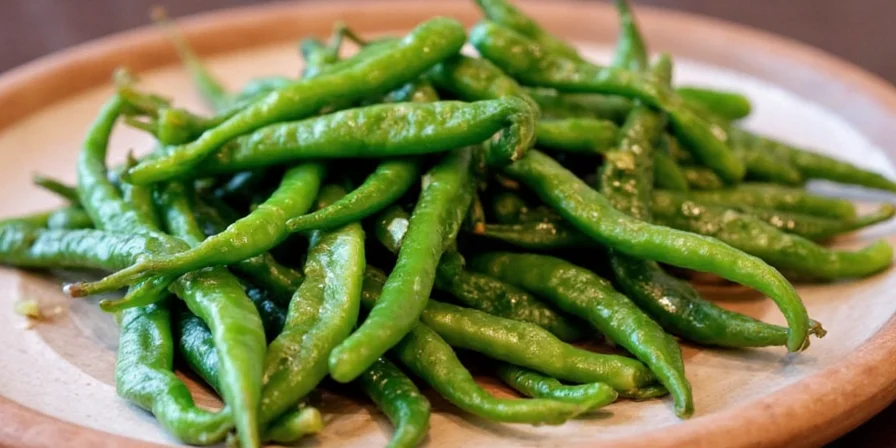
Pro Tip:
If you want to kick up the heat without losing flavor, try combining a poblano with a small amount of jalapeño in your next salsa recipe.
How to Roast Poblanos Like a Pro
Roasting brings out the rich, complex flavors in poblanos that make them such a beloved ingredient in Mexican cuisine. Follow these steps to get perfect roasted poblanos every time.
- Preheat your oven broiler or use a gas stove flame.
- Place whole poblanos directly over the flame or on a baking sheet under the broiler.
- Roast until skin blisters and blackens (about 5–8 minutes per side).
- Transfer to a bowl and cover with plastic wrap or a lid to steam for 10–15 minutes.
- Peel off the skin gently using a paper towel or knife.
- Remove seeds if desired (for milder flavor).
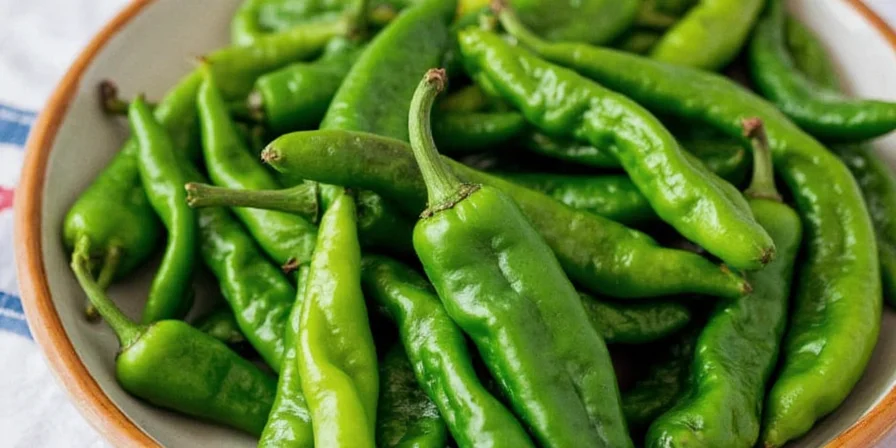
Secret Hack:
Use a cast iron skillet over medium-high heat to roast multiple poblanos at once—no need for fancy equipment!
Top 5 Dishes Featuring Poblanos
Ready to go full-on flavor town? Try these iconic recipes starring our favorite green beauty:
- Chiles Rellenos: Stuffed with cheese, battered, and fried. A classic comfort dish.
- Poblano Cream Sauce: Blended with garlic, cream, and spices—perfect for drizzling over grilled chicken.
- Enchiladas Verdes: Topped with a tangy green sauce made from pureed roasted poblanos and tomatillos.
- Poblano Corn Chowder: Sweet corn meets smoky spice in this creamy soup.
- Green Pozole: A traditional hominy-based stew spiced up with roasted green chiles.
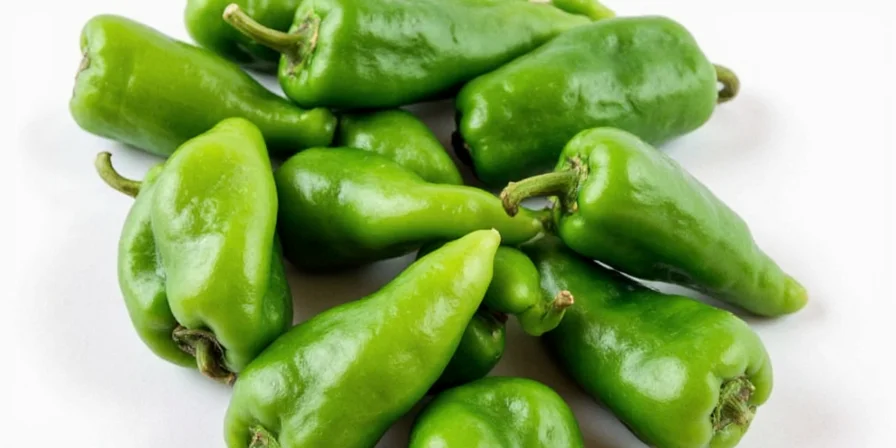
Health Benefits You Probably Didn’t Know About
Beyond flavor, poblanos are packed with nutrients and health benefits you might not expect:
- Vitamin C Boost: One poblano contains almost half your daily recommended dose.
- Antioxidant Powerhouse: Contains carotenoids and capsaicin, both linked to reduced inflammation.
- Metabolism Kick-Start: Capsaicin can help speed up metabolism temporarily.
- Heart Health: Studies suggest regular consumption of chilies supports cardiovascular wellness.
- Low Calorie, High Fiber: Perfect for those watching their weight while keeping meals satisfying.
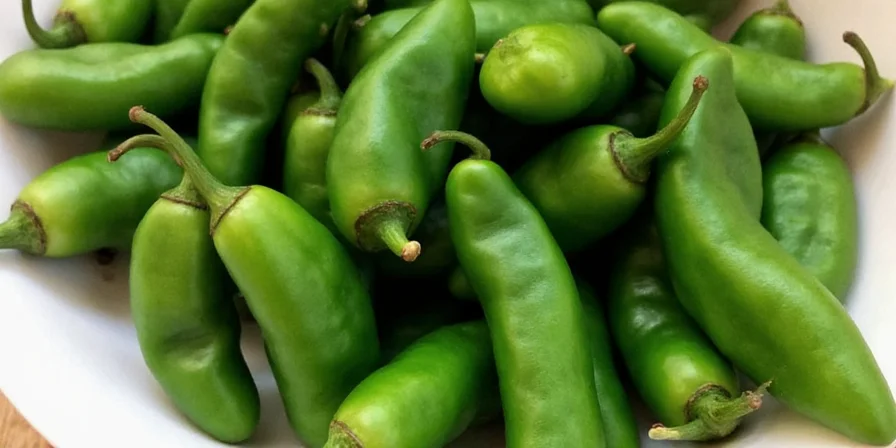
Storage & Handling Tips for Maximum Freshness
Want your poblanos to stay fresh longer? Store them right!
Fridge Storage
- Store unwashed peppers in a plastic bag in the crisper drawer.
- Lasts up to one week in the fridge.
Freezing Tips
- Roast, peel, and freeze whole or sliced in a ziplock bag.
- Use directly from frozen in soups, sauces, or casseroles.
Drying Method
- String them up to air dry (called ristra), or use a dehydrator.
- Dried poblanos become anchos or mulatos depending on ripeness.
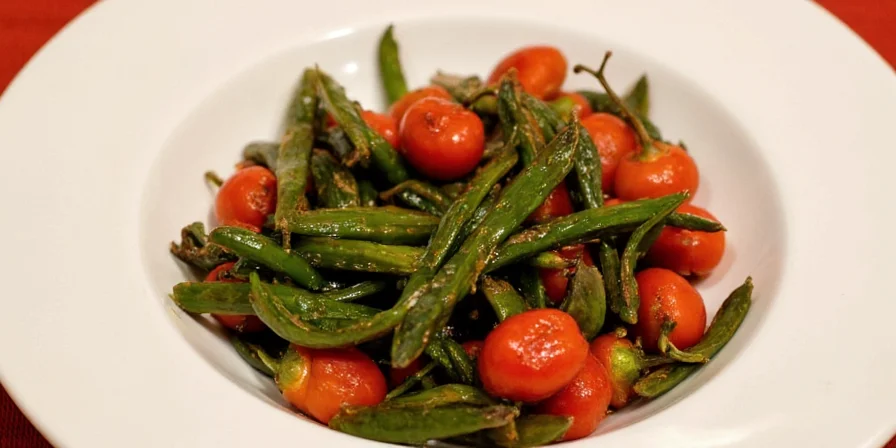
Poblano FAQ: Your Burning Questions Answered
Can I eat poblanos raw?
Absolutely! While they have a slightly bitter edge when raw, slicing them thin and tossing into salads or tacos adds great texture and bite.
Are roasted poblanos hotter than raw ones?
Not necessarily. Roasting intensifies the flavor but doesn’t increase the actual heat level. However, removing the seeds and veins during peeling will reduce spiciness.
Can I substitute poblanos for bell peppers?
You sure can—but keep in mind you’ll add a touch of spice and earthiness to your dish. If you’re going the other way, expect less flavor complexity.
What’s the difference between an ancho and a poblano?
An ancho is simply a dried ripe red poblano. When left to mature fully on the vine and then dried, the flavor becomes sweeter and deeper.
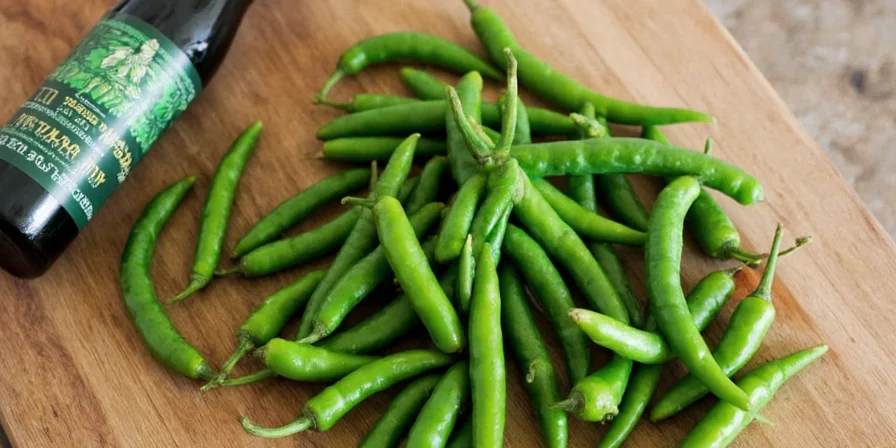
Conclusion: Poblanos Are More Than Just Pretty Faces
In the vast universe of peppers, poblanos hold a special place. They’re versatile enough to handle raw, bold enough to roast, and rich enough to build entire dishes around. Whether you're a seasoned chef or a weekend taco warrior, adding poblanos to your culinary arsenal is a move worth making. So next time you see those dark green beauties at the market, don’t pass them by—they’ve got more soul than you think.
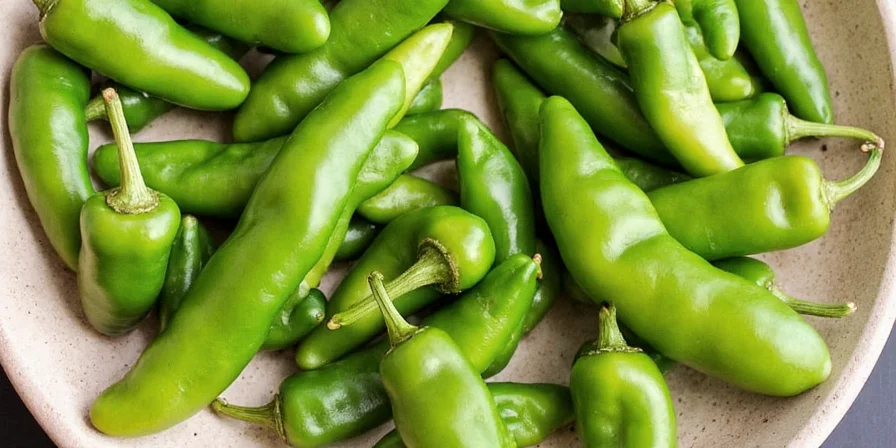

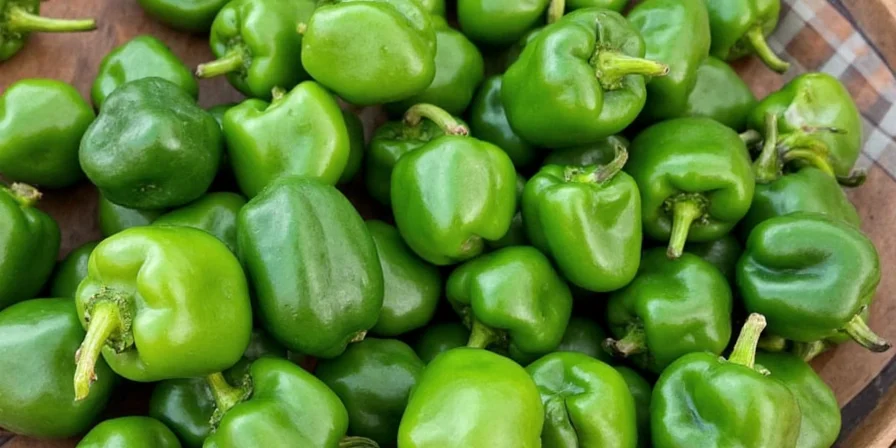









 浙公网安备
33010002000092号
浙公网安备
33010002000092号 浙B2-20120091-4
浙B2-20120091-4